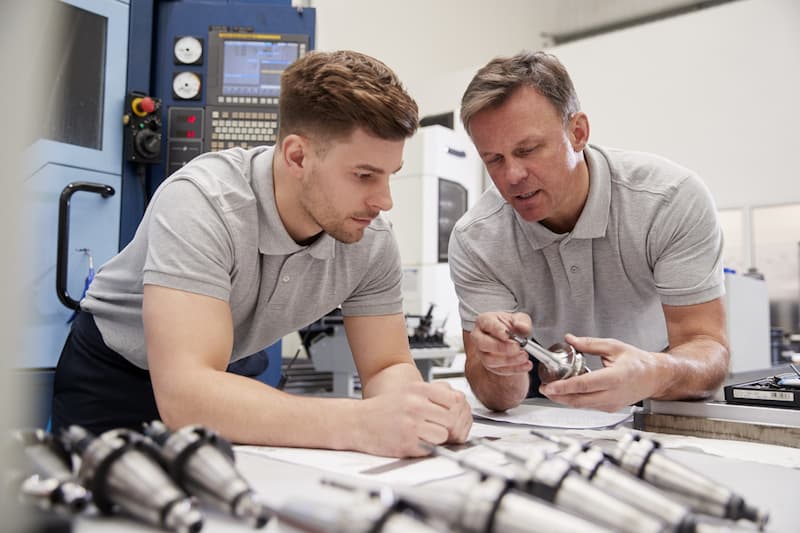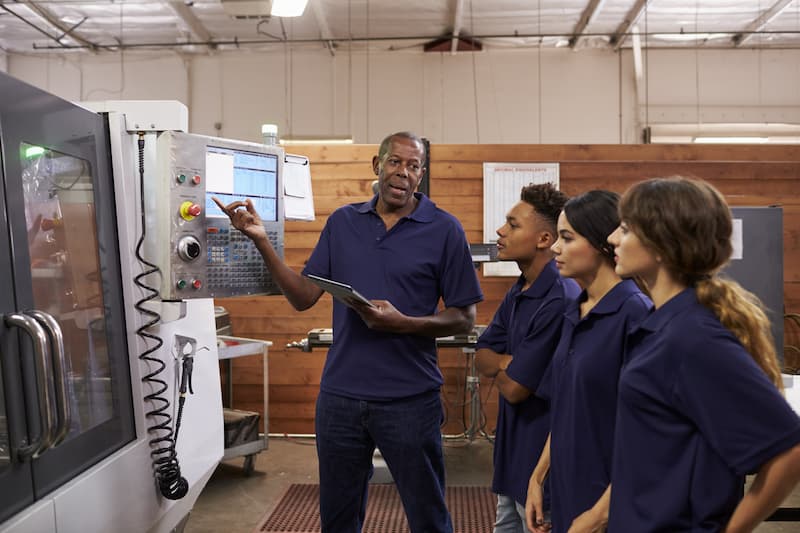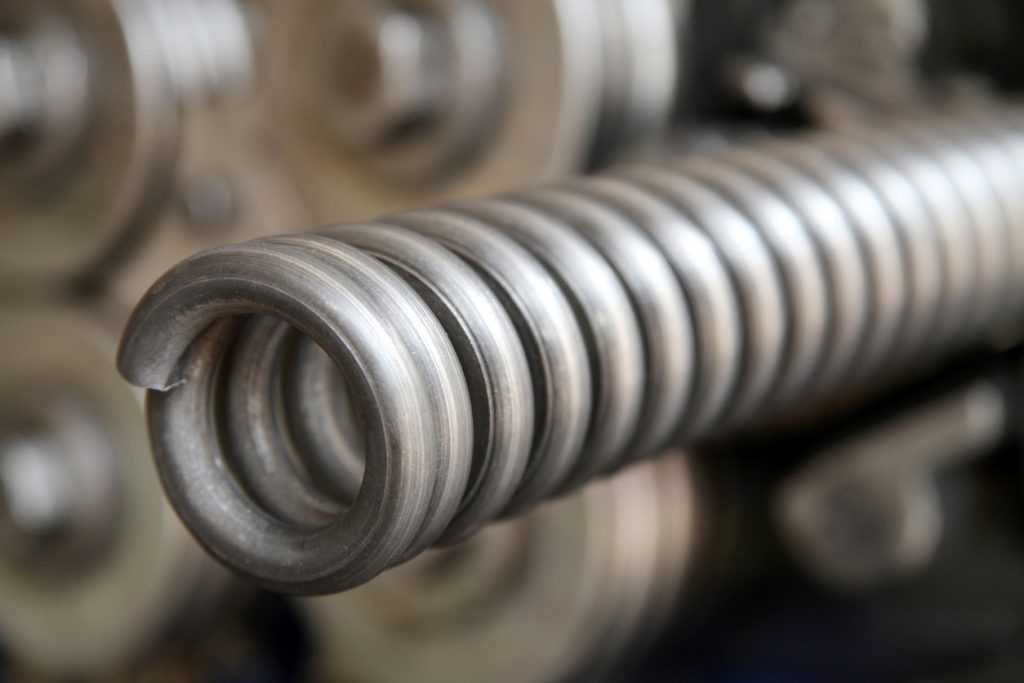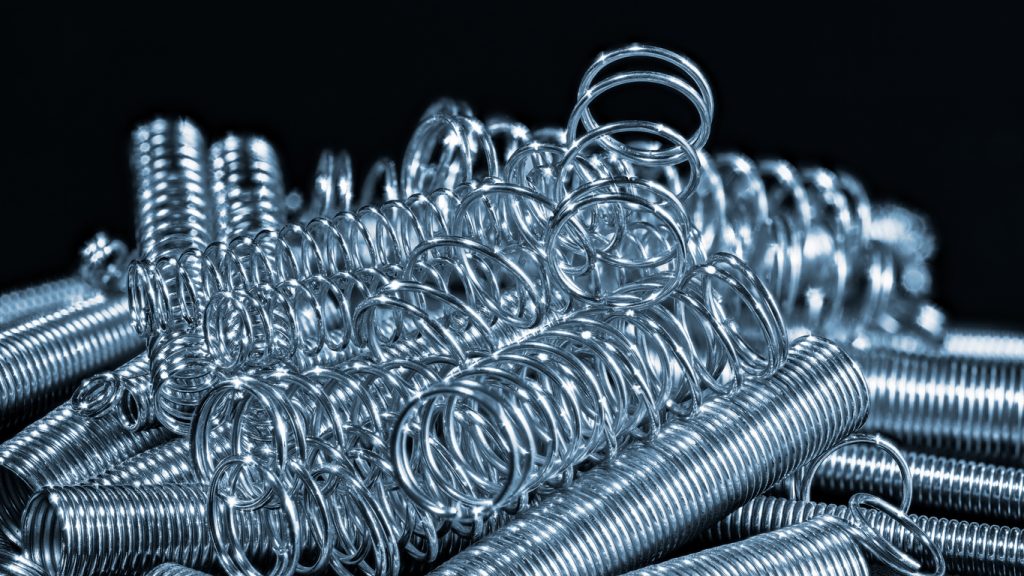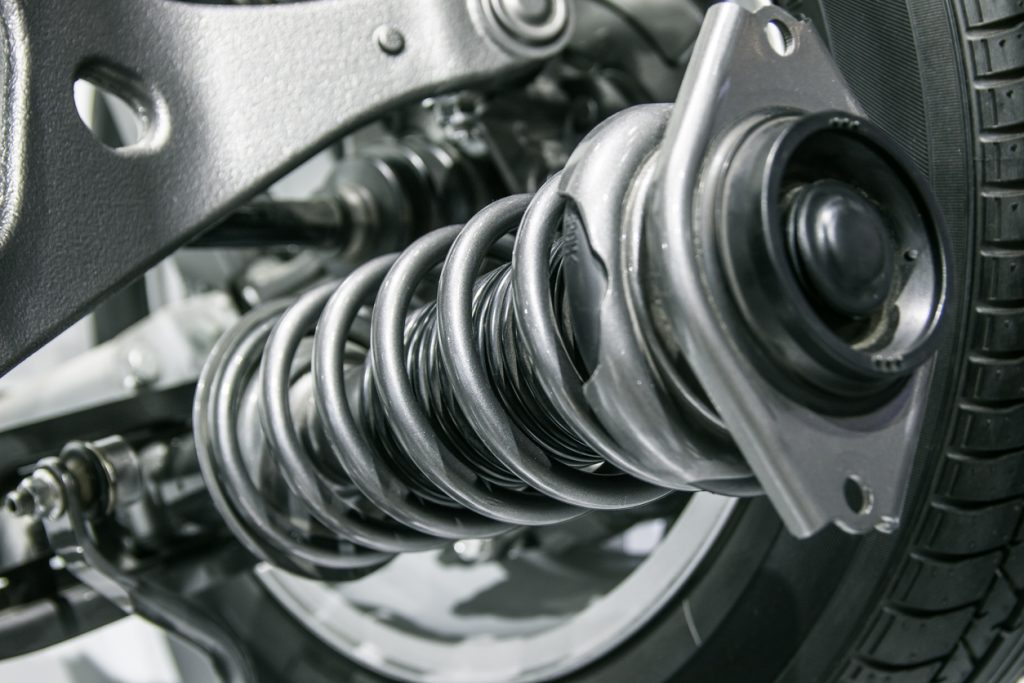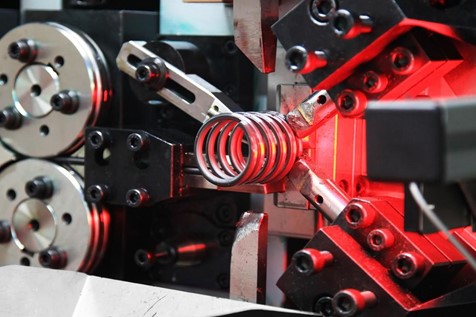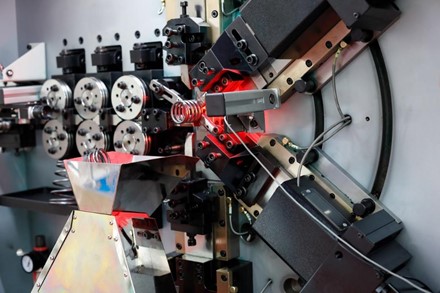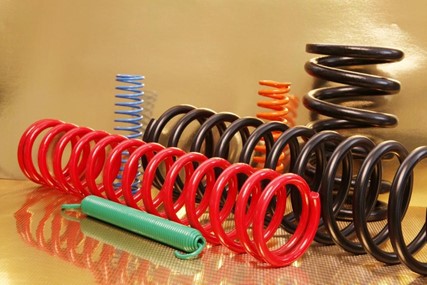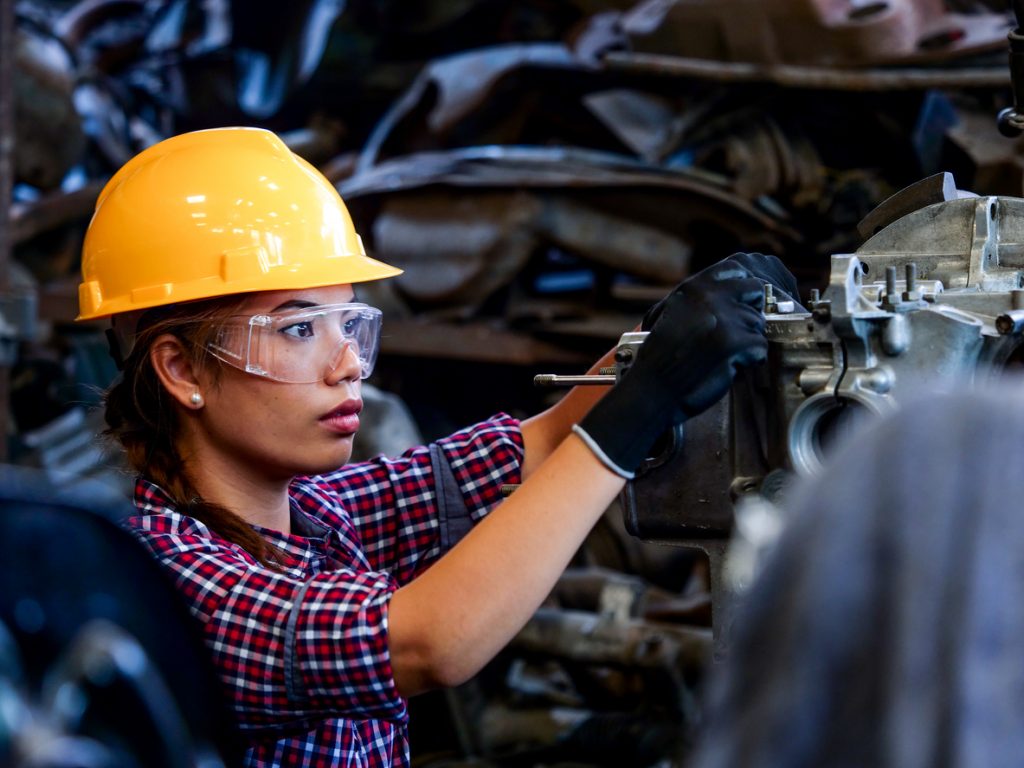With many years of experience as spring manufacturers in the engineering industry, we’ve learnt the best way many engineering processes are fulfilled.
Young engineers and those that are new to the job can find the industry very intimidating. The speed at which everything moves in this sector and the variety of processes you need to know can make it easy to feel overwhelmed.
We want to share the knowledge we’ve gained with our experience in the engineering industry for the benefit of any new engineers. So here are five pieces of essential advice that will help you get started!
Be Prepared to Work in a Group as Well as Alone
Too many young people believe they can keep their heads down and work solo when starting out in the engineering industry. As an engineer there will be times when you will have to work alone, though more often than not, you’ll be part of a team and need to work as one. Teamwork requires effective communication to complete your projects efficiently. Additionally, by working closely with others, you will gain access to a wider variety of skills and advice to create a higher quality product.
Working with other engineers is also a great chance to find out more about different roles in either manufacturing or engineering personally.
It Never Hurts To Ask Questions
Engineering is all about precision, and you cant be precise without knowing what you’re doing.
If you are not sure what you are doing at any point, make sure you ask a member of staff for help. An experienced team member will be able to explain or demonstrate how to complete the task at hand. The project you are working on will most likely be delayed if you don’t carry out the work correctly, and then you’ll be back where you started.
It’s much better to ask for clarification than to assume you’re right, proceed incorrectly and repeat the work later. Remember, there are no stupid questions; it never hurts to ask.
Find a Role Model
When you start your career in engineering, you may find yourself shadowing a more experienced staff member for advice daily. Unfortunately, with all the questions you need answering, it might feel like you’re annoying this person with questions, but that’s not true.
Experienced engineers will have seen many young engineers join the industry over the years, and they will remember what it was like for themselves when they started.
Learning never stops in engineering. So don’t be afraid to ask your questions, and embrace the chance to listen to their advice. The more you listen, the more you ask about everything, the more you will learn and grow.
Explore Your Passions
Many engineers will choose their speciality based on their interests. But as you gain experience in the sector, your interests may change. Therefore, it’s always a good idea to be aware of the other sectors within the engineering industry, not so that you can be sure of your place in it but also to explore your options as an engineer.
Here are a few examples of the different engineering disciplines:
Mechanical engineering covers almost everything essential to our daily lives. Mechanical engineers will work on any power-producing machine. Fridges, air conditioning units, elevators and escalators are examples of their work.
Biomedical engineering is a constantly growing part of the industry. With every medical advance, a new technology needs to be created to assist it. There is a constant demand for medical technology to help treat more and more patients in this field.
Electrical engineering will handle the critical components of infrastructure and communication—devices such as laptops smartphones to larger industrial electronics.
There are many fields to explore within engineering, with constant growth as demand rises. The future of technology also opens more possibilities for aspiring engineers. For example, the improvements to robotics have led to an increased demand for engineers alone. Additionally, the increased demand for eco-friendly manufacturing has created environmental engineers. People who wish to work on green energy systems, solar panels or wind farms would be ideal in this field.
Find Additional Training
The engineering industry is a rewarding sector to be a part of. Each generation of engineers helps improve the industry, bringing innovation and taking the industry to new heights! If you’re considering a career in engineering or manufacturing but are unsure where to start, try an apprenticeship.
At European Springs, we proudly accept new apprentices as spring technicians every year. We believe heavily in investing in this industries future. By embracing apprenticeships, we help grow the industry and introduce new knowledge and skillsets.
Apprenticeships are a great way to get started in the engineering industry. As a paid job with training on and off the job, it truly is the best way to be introduced to the sector. Please read our other blog discussing the importance of apprenticeships for engineering for more detail.
European Springs Ireland is here to be the best spring supplier you’ll ever need. To find out how we could help your business, don’t hesitate to get in touch with us here today or on 028 9083 8605.

